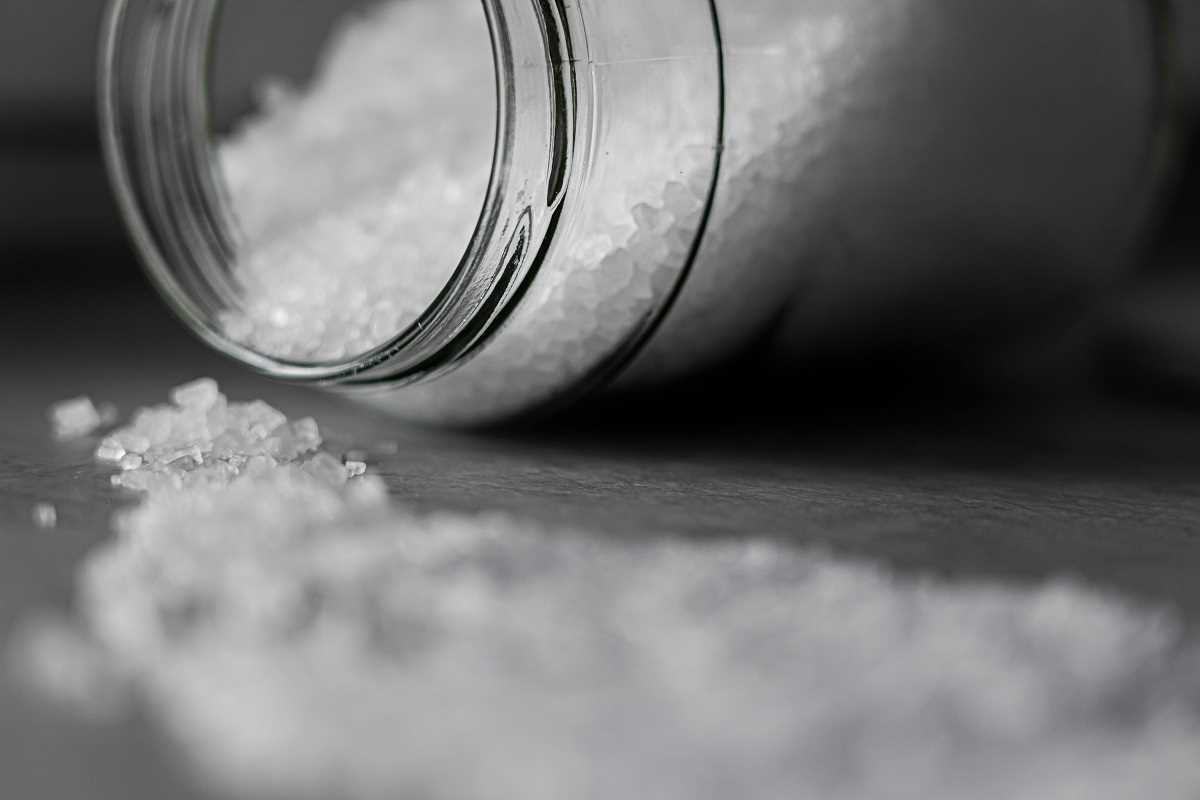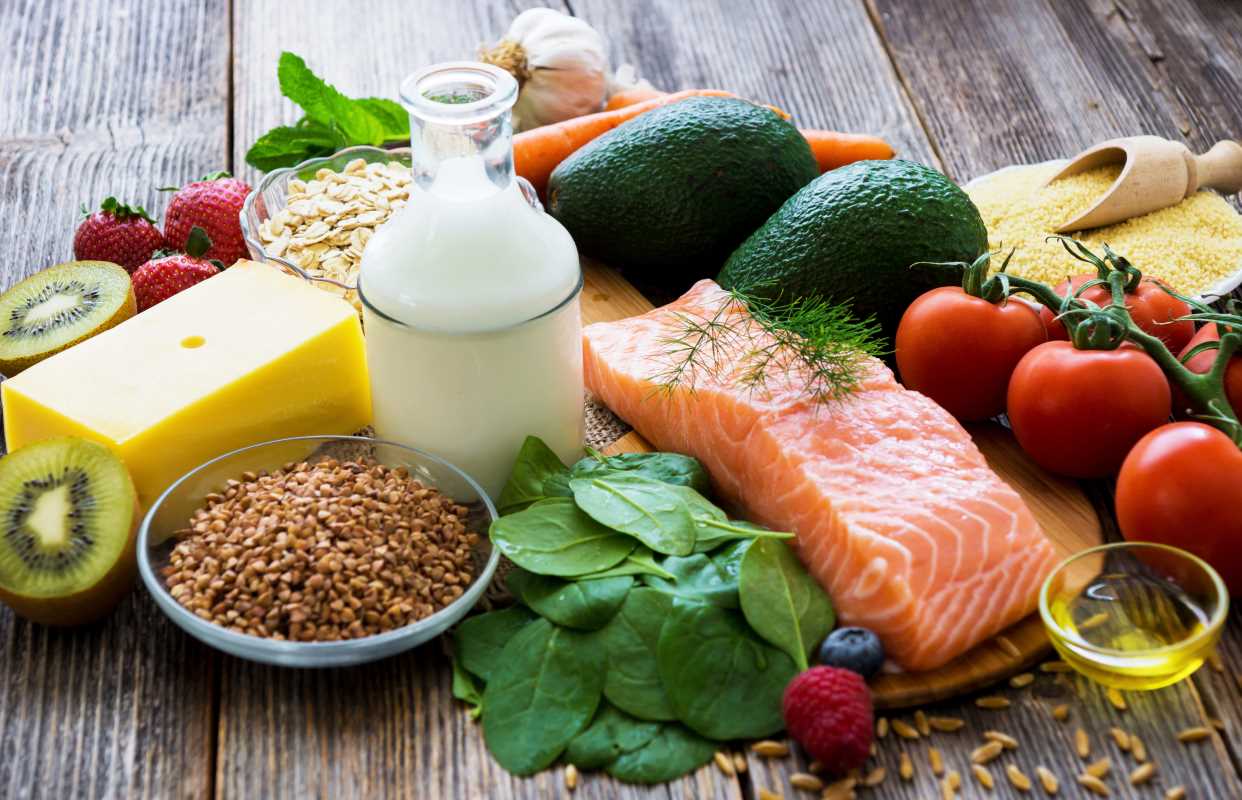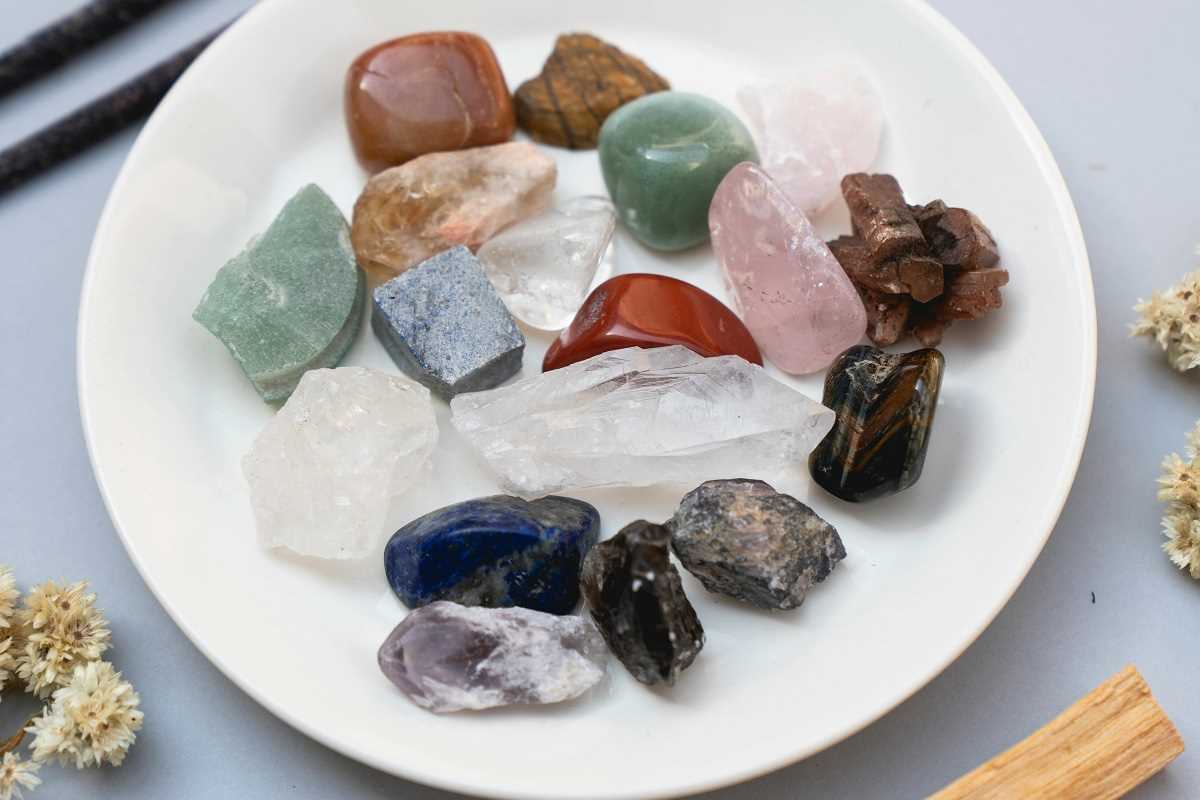Sodium often finds itself cast as the villain of the dinner table. For years, health professionals have warned us about the dangers of consuming too much. From high blood pressure to heart attacks, sodium is frequently linked to a slew of serious health risks. Food packages boast “low sodium” as if it’s a badge of honor, and many people go to great lengths to restrict their intake. But is sodium as harmful as it’s made out to be, or has it been unfairly demonized? The answer isn’t as black and white as you might think.
Sodium and Its Vital Role in the Body
Before jumping to conclusions, it’s crucial to understand why sodium is important. Sodium is an essential mineral and electrolyte, meaning your body needs it to function properly. It helps regulate fluid balance, assists in nerve signaling, and supports muscle contraction, including the beating of your heart. Without enough sodium, your body could suffer from dehydration, low blood pressure, and even impaired brain function.
The recommended daily sodium intake for most adults is 2,300 milligrams, which is about a teaspoon of salt. However, the average person consumes much more—often exceeding 3,400 milligrams per day, primarily from processed and restaurant foods. This disconnect between what we need and what we eat is part of the reason sodium gets such a bad rap.
The Case Against Sodium
The primary argument against sodium centers on its link to high blood pressure, or hypertension, a major risk factor for heart disease and stroke. High sodium intake causes your body to retain water, which increases the volume of blood in your blood vessels. This can lead to higher blood pressure and, over time, damage the heart, kidneys, and arteries.
One of the key studies shaping this narrative is the landmark Dietary Approaches to Stop Hypertension (DASH) trial, which demonstrated that reducing sodium intake could significantly lower blood pressure, especially in individuals with hypertension or those who are salt-sensitive. Since then, health organizations have consistently recommended cutting back on sodium to improve heart health.
Is Sodium the Sole Culprit?
While there’s no denying that excessive sodium contributes to health problems, recent research suggests it might not be the lone offender. For starters, not everyone responds to sodium the same way. Some people are more “salt-sensitive” than others, meaning their blood pressure rises noticeably with increased sodium intake. However, for salt-resistant individuals, the effects might be negligible.
Another factor to consider is the broader diet. Sodium is rarely consumed in isolation. Processed foods, where most of our sodium comes from, are typically high in calories, unhealthy fats, and added sugars—all of which can contribute to poor health. Could it be that these confounding factors share the blame? Many experts argue that focusing solely on sodium oversimplifies the complex relationship between diet and health.
The Other Side of the Story
Interestingly, some studies suggest that extremely low sodium intake can also have adverse effects, including increased insulin resistance, elevated cholesterol levels, and even higher mortality rates in certain populations. A 2018 study published in The Lancet found that moderate sodium intake—between 3,000 and 5,000 milligrams per day—was associated with better health outcomes than extremely high or low levels. This challenges the traditional assumption that less sodium is always better.
Some researchers also question whether sodium’s role in high blood pressure has been overstated. Potassium, a mineral often found in fruits and vegetables, helps counteract sodium’s effects by relaxing blood vessels and promoting sodium excretion through urine. Diets rich in potassium might mitigate the risks associated with higher sodium intake. Instead of solely cutting sodium, increasing potassium might be just as important for maintaining healthy blood pressure.
Finding Balance
So, where does that leave us? While sodium isn’t the nutritional villain it’s often made out to be, it’s also not a free pass to load up on salty snacks and processed meals. Balance is key. Here are some practical tips for managing your sodium intake while keeping a healthy perspective:
- Read Food Labels – Processed and packaged foods are the biggest sources of sodium. When grocery shopping, check the sodium content and opt for lower-sodium options when possible.
- Cook at Home – Preparing meals from scratch allows you to control how much salt goes into your food. Use herbs, spices, and citrus to enhance flavor without relying on sodium.
- Choose Fresh Foods – Fresh fruits, vegetables, and lean proteins are naturally low in sodium, making them excellent staples for your diet.
- Don’t Overlook Potassium – Include potassium-rich foods like bananas, spinach, sweet potatoes, and beans. These can help offset the effects of sodium on blood pressure.
- Listen to Your Body – If you’re concerned about your sodium intake, consider your individual risk factors, such as age, health conditions, and salt sensitivity. Consult a healthcare provider for personalized advice.
Sodium’s bad reputation, while not entirely undeserved, is more nuanced than it seems. Yes, excessive sodium intake can harm your health, especially for those with hypertension or salt sensitivity. But sodium is also a vital nutrient that plays an important role in your body. Rather than vilifying it outright, focus on consuming it in moderation as part of a balanced diet.
Sodium isn’t the enemy—it’s how and where you’re getting it that often causes trouble. By making mindful choices and considering the bigger picture of your diet, you can strike the right balance and enjoy better health.
 (Image via
(Image via





